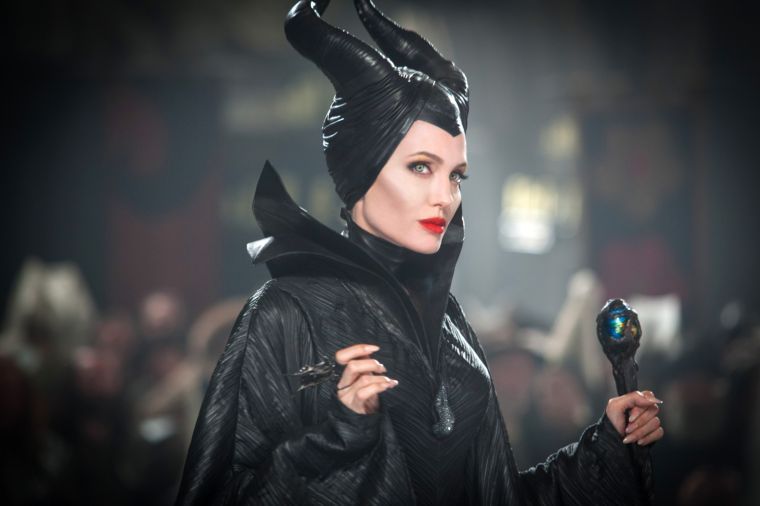Jolie magnificent villain, ‘Maleficent’ a so-so film
June 10, 2014
Angelina Jolie has never been a particularly compelling actress.
Her movie stardom shines so bright that it can often be difficult for us to recognize the character as anyone but Jolie. It’s almost impossible to summarize “Mr. and Mrs. Smith” without uttering Jolie’s name instead of “Mrs. Smith” at least once.
In her latest film, “Maleficent,” Jolie disappears into the character of the conflicted fairy Maleficent in a way that she hasn’t done since the film “Changeling.” The film is an imperfect but compelling retelling of the classic animated masterpiece “Sleeping Beauty.”
After a largely unnecessary opening about Maleficent as a child, in which she meets and falls in love with a farmer named Stefan (Michael Higgins), the film leaps through time with a voice-over narration explaining how Stefan — who desperately seeks power — began to distance himself from Maleficent.
Then, we get our first view of the adult Maleficent. Jolie is breathtaking to look at — her resemblance to the animated character from Disney’s 1959 “Sleeping Beauty,” which was said to be a large factor in her casting, is uncanny. The costume design was executed to perfection, with an Oscar-worthy job of turning Jolie into a live-action doppelganger of the “Sleeping Beauty” villain.
The only true aesthetic difference in the live-action Maleficent is her large, powerful fairy wings, which she uses to lead mystical forest creatures in a battle against the king’s army, which aims to destroy the forest.
After Maleficent defeats the army and fatally wounds the king (Kenneth Cranham), he puts out a bounty on the fairy, saying whoever kills her will take the throne. Predictably, a now-adult Stefan (Sharlto Copley) tricks Maleficent, but can’t bring himself to kill her, so he simply cuts off her wings to fool the king.
The remainder of the film is standard fare for this sort of reboot. Out of vengeance, Maleficent curses the king’s baby, Aurora, to prick her finger on the spindle of a spinning wheel before her 16th birthday, which will induce eternal sleep. But after circumstances bring Maleficent to spend time with the young girl, she regrets this irreversible action. This sets up a clean and predictable arc, as the evil fairy, not a prince, will be the one trying to rescue beautiful Aurora (Elle Fanning).
“Maleficent” isn’t interesting enough by itself to keep audiences captivated for an extended period of time. Luckily, for once, director Robert Stromberg might have realized this and kept it a brisk 97 minutes. Even with a short running time, the story still bores in spots with its more conventional fairy tale elements and the predictable softening of Maleficent. But the charismatic performance of Jolie alleviates much of the toil.
She hits all the right notes in forming a new, three-dimensional iteration of a previously one-dimensional character, adding much-needed humor, physicality and restrained emotion. Jolie accomplishes the goal of the film, which is to align the audience with Maleficent’s way of thinking.
The film marks the directorial debut for Stromberg, a veteran in the art decoration field. He was given a larger budget than any debut director — $200 million — and put it to good use. The breathtaking rendering of the magical forest is as if Stromberg brought Shrek’s swamp to life. Its creatures are derivative, but still well-rendered, and the sequences of Maleficent’s flight are very well-shot.
It’s a promising start for Stromberg’s career. Getting the best out of a star like Jolie and a $200 million budget is not as easy as it sounds. With a better story, “Maleficent” could have been magnificent, but it’ll be exciting to see if whatever Stromberg takes on next can be up to the task.



